Azure DevOps
What Is Azure DevOps?
Azure DevOps is a cloud-based platform that provides a suite of tools and services for software development teams to manage their entire software development lifecycle. It is designed to help teams collaborate more effectively, automate processes, and deliver high-quality software faster and with greater reliability.
Azure DevOps is a comprehensive platform that offers everything that software development teams need to manage their projects efficiently and effectively. It is highly flexible and customizable, allowing teams to choose the tools and services that best meet their needs.
Azure DevOps offers version control tools that enable teams to manage their source code and track changes over time. These tools also provide the ability to collaborate on code changes and to merge changes from different team members.
Azure DevOps provides a wide range of other services and tools:
- Continuous Integration and Continuous Delivery (CI/CD): These tools automate the process of building, testing, and deploying software to production, which helps to reduce errors and ensure that software is always up-to-date.
- Agile Project Management: Azure DevOps provides agile project management tools that help teams to plan, track, and deliver their projects using agile methodologies such as Scrum or Kanban. This helps to improve team collaboration and ensures that projects are delivered on time and within budget.
- Analytics and Reporting: Azure DevOps provides powerful analytics and reporting tools that enable teams to gain insights into their projects, teams, and processes. This helps teams to identify areas for improvement and make data-driven decisions.
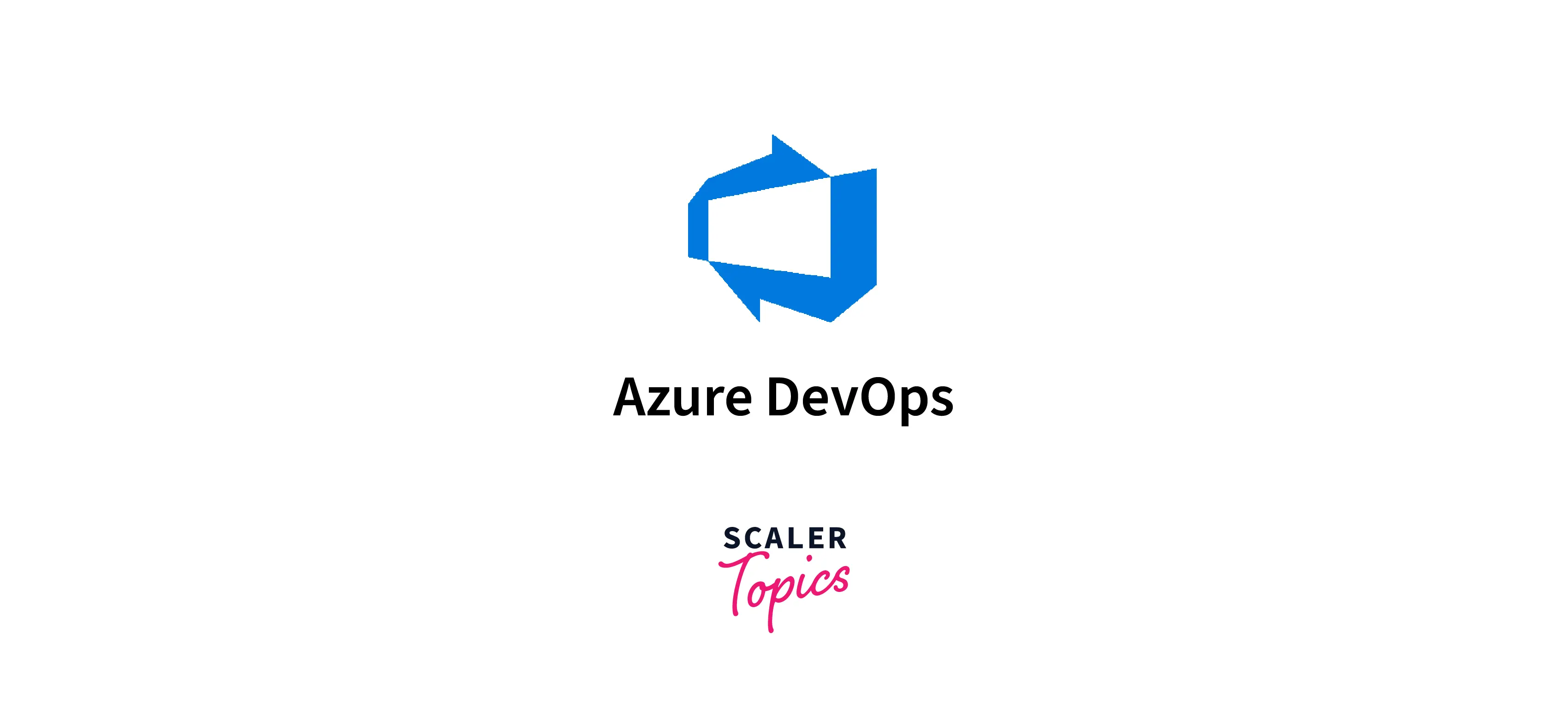
What Services Does Azure DevOps Offer?
Azure Boards for Project Management
Azure Boards is a project management tool offered by Azure DevOps that helps teams plan, track, and deliver their projects. It provides a flexible, agile-based approach to project management, allowing teams to work in a way that suits them best.
Azure Boards offers a range of features to support project management:
- Backlogs: Azure Boards provides a backlog where teams can prioritize and manage their work. This allows teams to keep track of their tasks and ensure that the most important work is always being done first.
- Work Items: Azure Boards provides a range of work item types, including user stories, bugs, and tasks. These work items can be customized to suit the needs of the team, and they can be used to track progress, assign work, and communicate status updates.
- Boards: Azure Boards provides a Kanban board that visualizes the work in progress, allowing teams to see the status of their work at a glance. The board can be customized to suit the needs of the team, allowing them to track their work in a way that suits them best.
- Reports: Azure Boards provides a range of reports that allow teams to track progress and identify areas for improvement. These reports can be customized to suit the needs of the team, and they can provide valuable insights into the performance of the team and the project.
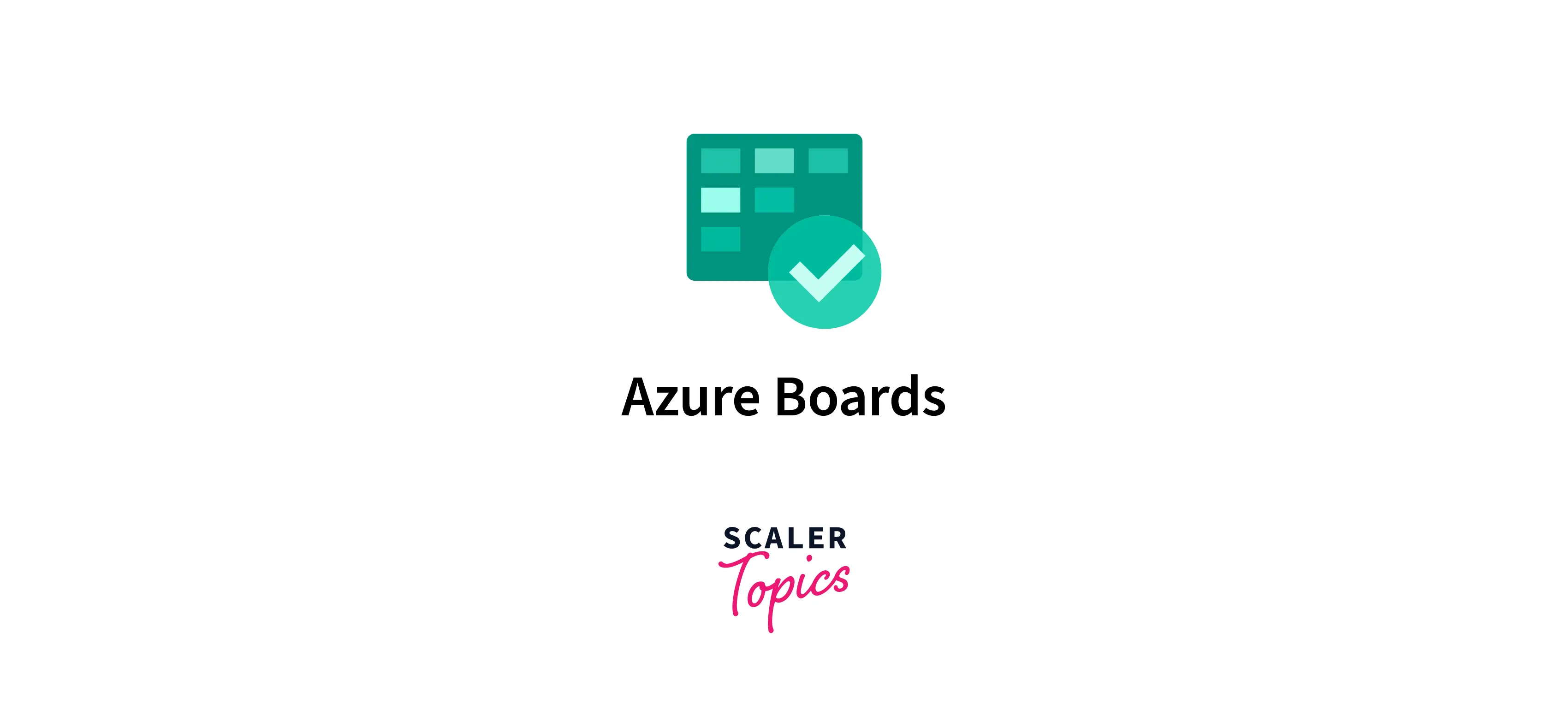
Azure Pipelines for Delivery, Integration, and Deployment Management
Azure Pipelines is a continuous integration and continuous delivery (CI/CD) tool offered by Azure DevOps that helps teams automate the process of building, testing, and deploying their applications. It enables teams to deliver high-quality software faster and with greater reliability.
Azure Pipelines offers a range of features to support the delivery, integration, and deployment of applications:
- Build and Test Automation: Azure Pipelines automates the process of building and testing applications, enabling teams to catch bugs and issues early in the development cycle.
- Continuous Integration: Azure Pipelines provides continuous integration (CI) tools that enable teams to integrate their code changes into a central repository and automatically build and test their application.
- Continuous Deployment: Azure Pipelines also provides continuous deployment (CD) tools that enable teams to automate the deployment of their application to production environments, ensuring that the latest changes are always available to users.
- Deployment Strategies: Azure Pipelines offers deployment strategies that enable teams to deploy their applications using different methods, such as rolling deployments or blue/green deployments.
- Cross Platform Support: Azure Pipelines supports a wide range of platforms, including Windows, Linux, and macOS.
- Extensibility: Azure Pipelines can be extended using a wide range of integrations, plugins, and extensions. This allows teams to integrate with their existing tools and customize the pipeline to suit their specific needs.
- Compliance: Azure Pipelines is designed to meet the compliance needs of `enterprise customers, including support for regulatory compliance and data protection standards.
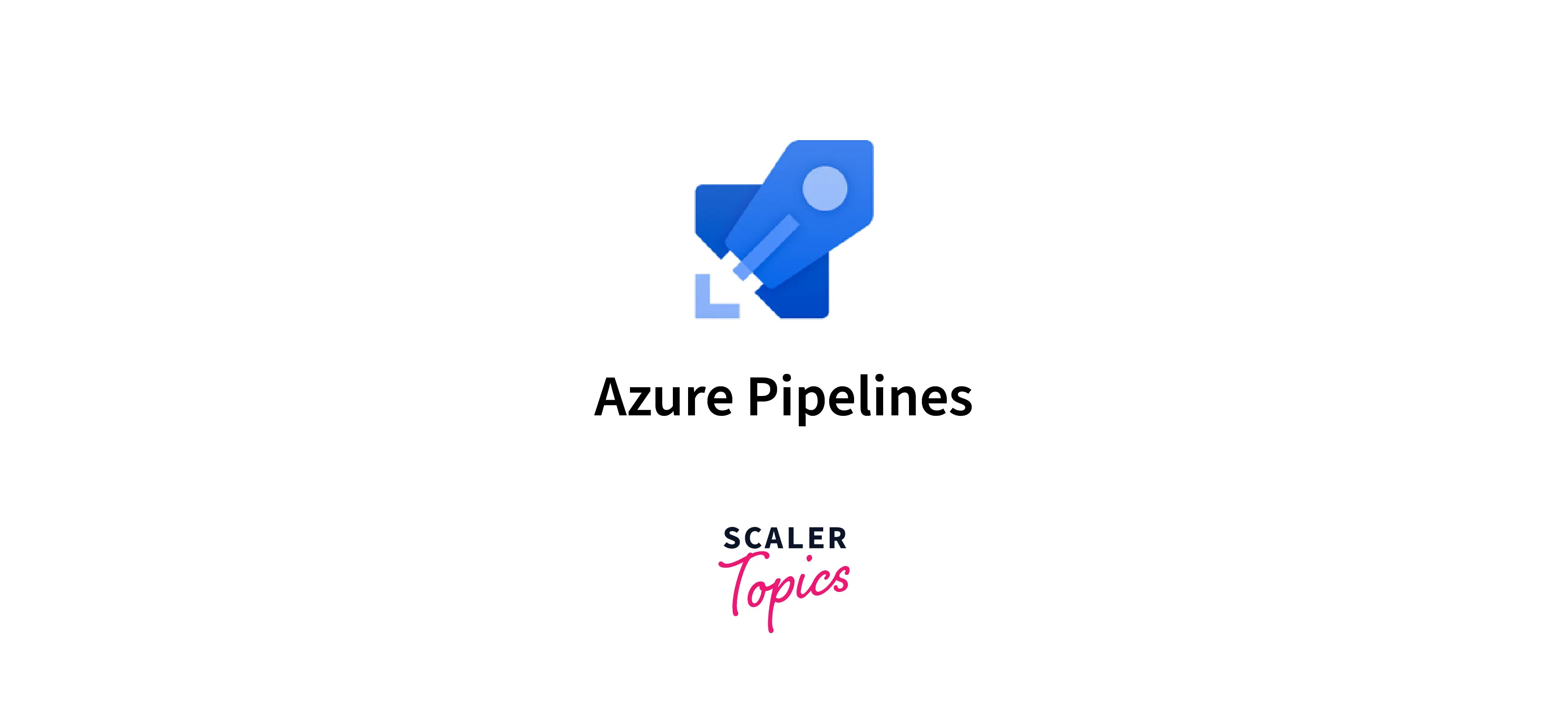
Azure Repos for Version Control
Azure Repos is a version control tool offered by Azure DevOps that enables teams to manage their source code and track changes over time. It provides a centralized repository where teams can store their code and collaborate on changes. Azure Repos supports two types of version control systems: Git and Team Foundation Version Control (TFVC).
Azure Repos offers a range of features to support version control:
- Branching and Merging: Azure Repos enables teams to create branches, which are independent copies of the codebase. This allows teams to work on different features or fixes in parallel without interfering with each other. When changes are ready, they can be merged back into the main branch.
- Code Reviews: Azure Repos provides code review tools that enable teams to review and discuss changes before they are merged into the main branch. This helps to ensure that code changes are high-quality and meet the team's standards.
- History and Audit Trails: Azure Repos keeps track of all changes made to the codebase, providing a complete history of the project. This makes it easy to identify who made a particular change and when it was made.
- Collaboration: Azure Repos provides tools that enable teams to collaborate on changes, including the ability to comment on code changes and assign tasks to team members.
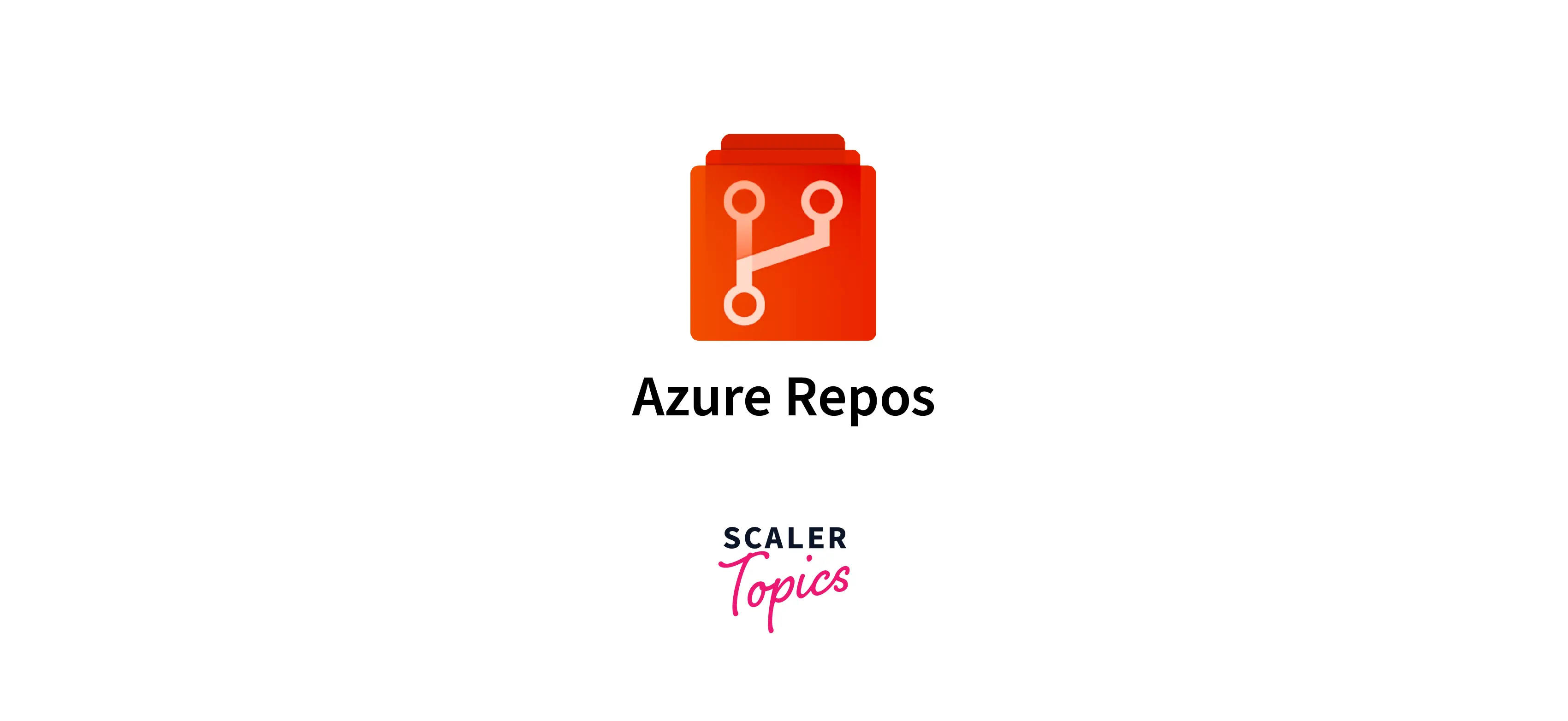
Azure Test Plans for Testing
Azure Test Plans is a testing tool offered by Azure DevOps that helps teams manage and execute their testing activities. It provides a range of tools and features to support different types of testing, including manual and automated testing.
Azure Test Plans offers a range of features to support testing, including:
- Test Plans: Azure Test Plans provides a central location where teams can manage their testing activities, including creating test plans, defining test cases, and executing tests.
- Test Suites: Azure Test Plans enables teams to organize their tests into suites, which can be used to group related tests together. This makes it easy to manage and execute tests logically.
- Manual Testing: Azure Test Plans provide tools for manual testing, including the ability to create and execute manual test cases. This enables teams to test their applications in a controlled and repeatable way.
- Automated Testing: Azure Test Plans also provide tools for automated testing, including the ability to create and execute automated test cases. This enables teams to test their applications more quickly and efficiently.
- Test Reporting: Azure Test Plans provide reports that enable teams to track their testing progress and identify areas for improvement. These reports can be customized to suit the needs of the team.
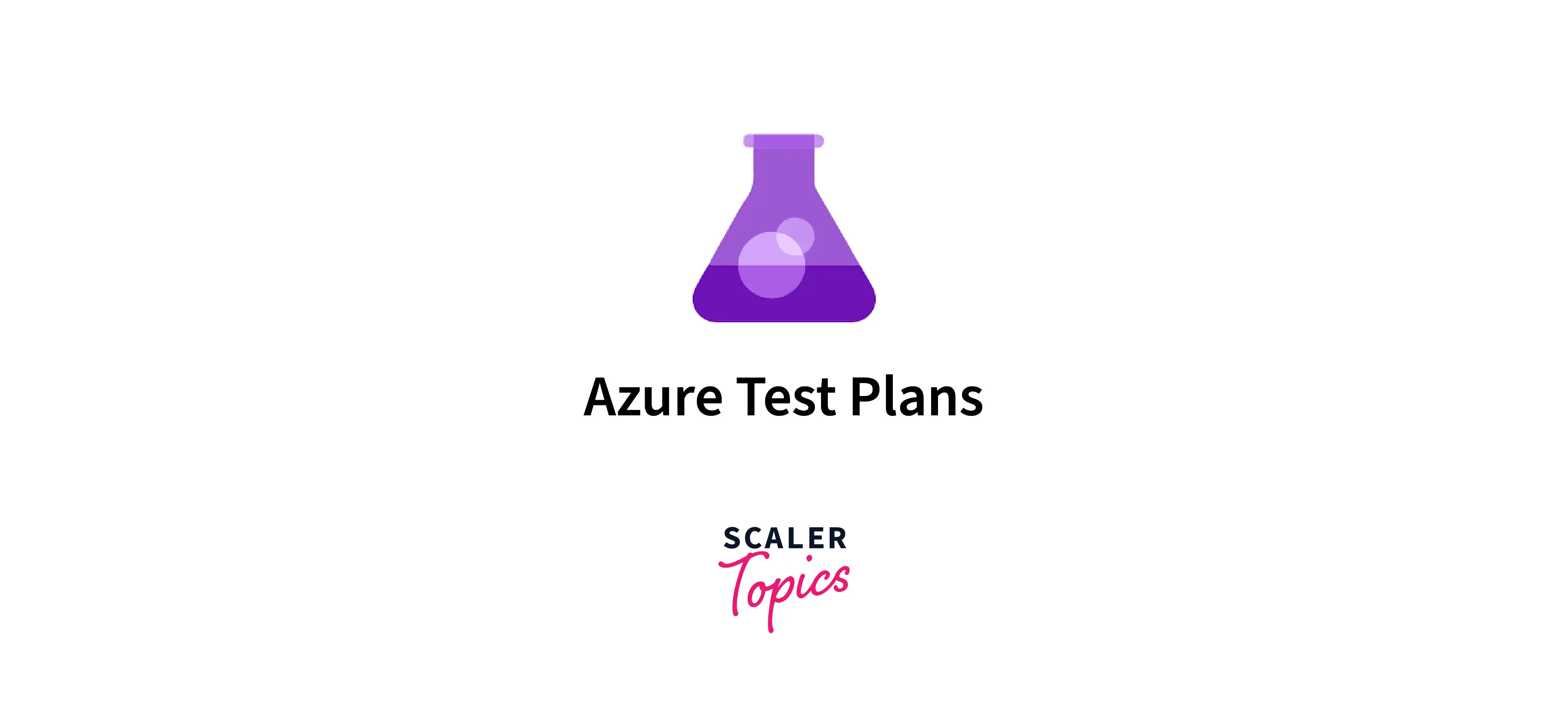
Azure Artifacts for Component Management and Sharing
Azure Artifacts is a component management tool offered by Azure DevOps that enables teams to manage and share their software components. It provides a centralized repository where teams can store their components and manage their dependencies. Azure Artifacts supports a wide range of package types, including NuGet, npm, and Maven.
Azure Artifacts offers a range of features to support component management and sharing:
- Package Management: Azure Artifacts provides tools for managing packages, including the ability to create, publish, and download packages. This enables teams to manage their components in a central location and share them with other teams.
- Versioning: Azure Artifacts supports the versioning of packages, enabling teams to track changes to their components over time. This makes it easy to identify and manage dependencies between different versions of components.
- Access Control: Azure Artifacts provides tools for managing access to packages, enabling teams to control who can publish, download, and manage packages. This ensures that components are managed securely and only authorized users can access them.
- Integration: Azure Artifacts integrates with a range of other Azure DevOps tools, including Azure Pipelines and Azure Boards. This enables teams to seamlessly incorporate component management into their CI/CD and project management workflows.
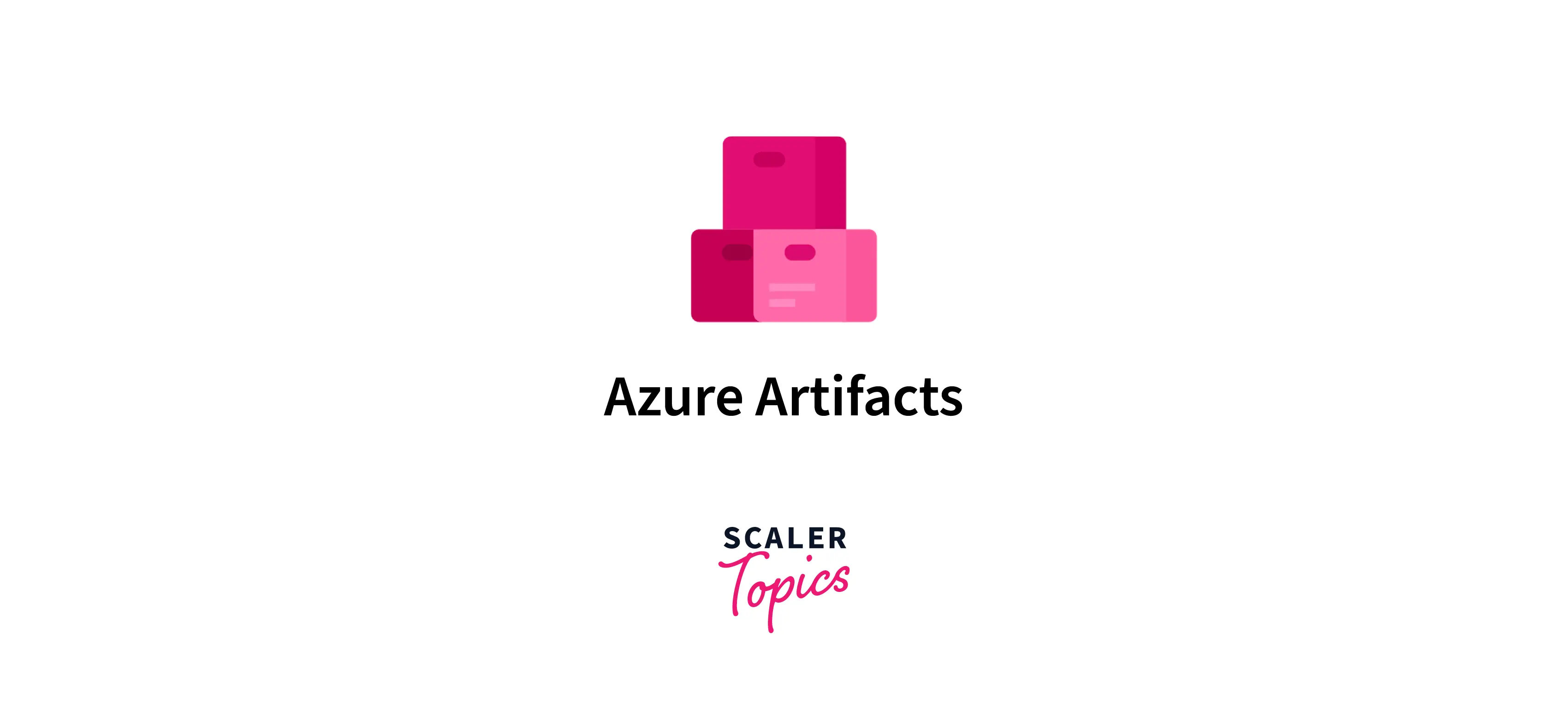
Azure DevOps Extensibility
Azure DevOps is highly extensible and customizable, allowing teams to tailor their workflows and processes to their specific needs. The platform provides a range of extension points that enable teams to add custom functionality and integrate with other tools and services. Here are some of the key points for Extensibility in Azure DevOps:
- The Azure DevOps marketplace provides a wide range of extensions, including integrations with third-party tools, custom widgets for dashboards, and automation scripts.
- Azure DevOps provides a comprehensive set of REST APIs that enable teams to interact with the platform programmatically and build custom integrations.
- Teams can create their extensions using the Azure DevOps Extension SDK, which provides tools and templates for building custom extensions.
- Azure DevOps supports customizing the UI using webhooks, allowing teams to add custom content and functionality to different areas of the platform.
- The Azure DevOps CLI (Command-Line Interface) enables teams to interact with the platform from the command line, providing a flexible way to automate tasks and build custom workflows.
- Azure DevOps supports integration with a wide range of third-party tools and services, including GitHub, Jenkins, and Docker, enabling teams to build end-to-end workflows that span multiple tools and services.
Who uses Azure DevOps?
Azure DevOps is used by a wide range of teams and organizations, from small startups to large enterprises. Let's look at some examples of who uses Azure DevOps:
- Development Teams: Azure DevOps is primarily used by software development teams to manage their development processes, including source control, continuous integration, testing, and deployment.
- Operations Teams: Operations teams also use Azure DevOps to manage their infrastructure and deployments, leveraging its automation capabilities to streamline their operations.
- Project Managers: Project managers use Azure DevOps to manage their projects, tracking progress and managing resources using the platform's project management tools.
- Quality Assurance Teams: Quality assurance teams use Azure DevOps to manage their testing activities, leveraging its testing and reporting tools to ensure the quality of their applications.
- DevOps Teams: DevOps teams use Azure DevOps to manage the end-to-end software delivery process, integrating development, testing, and operations to enable continuous delivery and deployment.
- Agile Teams: Agile teams use Azure DevOps to manage their agile processes, leveraging its agile project management tools to plan and track their sprints and iterations.
Benefits of Azure DevOps
Improved Collaboration between Distributed Teams
- Enables teams to work together in a single platform, sharing code, work items, and test results, regardless of their location.
- Reduces communication overhead and streamlines workflows.
- Provides tools for real-time collaboration, including comments, notifications, and pull requests.
- Speeds up the software development process by enabling teams to give feedback and make changes quickly.
- Breaks down silos and fosters a culture of collaboration and teamwork.
- Facilitates sharing of expertise and knowledge among team members.
- Helps identify and resolve issues more quickly and make informed decisions together.
- Results in higher quality software and better business outcomes.
- Enables teams to work more efficiently and deliver software faster.
Decreased Maintenance Costs
- Automates manual processes, reducing the need for human intervention and minimizing the risk of errors.
- Provides tools for continuous integration and delivery, enabling faster and more frequent releases of software.
- Reduces the time and effort required for testing and debugging, improving software quality and reliability.
- Enables teams to detect and resolve issues more quickly, minimizing downtime and reducing the impact on end-users.
- Facilitates the implementation of best practices and standards, ensuring that software is developed and deployed consistently and efficiently.
- Provides a centralized platform for managing code, work items, and project progress, improving visibility and reducing the likelihood of duplication and redundancy.
- Enables teams to scale their operations as needed, without incurring significant infrastructure costs.
- Supports a wide range of development methodologies and tools, giving teams the flexibility to work in the way that suits them best.
- Helps organizations reduce overall `IT costs and achieve better ROI from their software development investments.
Up-To-Date DevOps Features
- Provides access to the latest tools and technologies for DevOps, ensuring that teams can work with the most effective and efficient tools available.
- Enables teams to take advantage of emerging trends and best practices in DevOps, improving their agility and competitiveness.
- Offers a range of integrations with other tools and services, enabling teams to build end-to-end solutions that meet their specific needs.
- Provides continuous updates and improvements to the platform, ensuring that it remains relevant and up-to-date with the latest industry developments.
- Offers a range of deployment options, including cloud-based and on-premises solutions, giving teams the flexibility to choose the approach that best suits their needs.
- Provides a scalable platform that can grow with your organization, ensuring that you can continue to use it as your needs evolve.
- Offers a range of pricing options, including a free tier, enabling organizations of all sizes to access DevOps features without incurring significant costs.
- Provides a platform that is used and trusted by a large and active community of developers and IT professionals, ensuring that you have access to a wealth of knowledge and expertise.
Improved Stakeholder Environment
- Provides visibility and transparency into project progress, enabling stakeholders to stay informed and engaged.
- Enables stakeholders to provide feedback and make decisions in real time, improving the speed and effectiveness of decision-making.
- Facilitates collaboration between development teams and other stakeholders, improving communication and reducing the likelihood of misalignment or misunderstandings.
- Helps to align development activities with business goals and objectives, ensuring that software development efforts are focused on delivering value to the organization.
- Enables stakeholders to track progress and monitor project outcomes, improving the ability to measure the impact of development activities on the business.
- Supports agile development methodologies, enabling stakeholders to be involved in the development process and provide feedback throughout the development cycle.
- Helps to build trust and confidence among stakeholders, improving the overall relationship between development teams and the wider organization.
Uncontained use of Azure DevOps Services
- Uncontained use provides increased flexibility for teams to leverage Azure DevOps services in their unique way.
- Teams can customize and configure Azure DevOps services to meet their specific requirements and workflows.
- Collaboration is improved across teams and functions, enabling more seamless and efficient work.
- Enhanced productivity is achieved by maximizing the use of Azure DevOps services and minimizing downtime.
- Uncontained use does not compromise security or compliance.
- Azure DevOps services offer robust security controls and compliance certifications to protect data and ensure regulatory compliance.
- Teams can use Azure DevOps services in a way that best fits their needs and workflows, without being constrained by predefined structures or processes.
- Uncontained use enables faster delivery of high-quality software.
- Teams can tailor their development processes to specific project needs, resulting in more effective project management.
- Uncontained use of Azure DevOps services can lead to increased innovation and improved business outcomes.
Azure DevOps drawbacks
Complexity can Lead to Setup Challenges
- Azure DevOps has a steep learning curve, and its complexity can make it challenging to set up and configure properly.
- The wide range of features and tools offered by Azure DevOps can be overwhelming and require significant effort to learn and use effectively.
- The complexity of Azure DevOps may require additional time, resources, and expertise to properly set up, which can impact project timelines and budgets.
- The need for advanced technical skills to manage and configure Azure DevOps can be a barrier to adoption for some organizations, particularly those with limited technical expertise.
- The highly customizable nature of Azure DevOps can also make it difficult to ensure consistency and standardization across teams and projects, leading to further setup challenges.
Microsoft is still The Favored Vendor
- Customers may feel locked into using Microsoft products and services.
- This could limit their ability to explore other tools and technologies.
- The dominance of Microsoft may lead to a lack of innovation and competition.
- This could result in the slow development of new features.
- Customers may experience vendor lock-in.
- It could be difficult and expensive to switch to another platform in the future.
- Reliance on a single vendor could result in higher costs.
- It could lead to less flexibility in negotiating pricing and contract terms.
- Lack of choice may not suit everyone's needs.
- Alternative tools and services may be better suited to certain customers.
The User Interface can be Hard to Use
- The user interface can be complex and overwhelming for some users.
- It may take time and effort to learn how to use it effectively.
- The navigation can be confusing, making it difficult to find what you're looking for.
- The UI can be slow to respond, leading to frustration and decreased productivity.
- The lack of customization options may not suit everyone's preferences.
- It may be challenging to perform certain tasks, such as creating custom reports or managing workflows.
- The UI may not be intuitive or user-friendly, especially for nontechnical users.
- It may require a significant amount of training for new users to become proficient.
- The UI can be inconsistent across different sections of the platform, adding to the complexity.
- Alternative platforms with simpler, more intuitive UIs may be better suited for some users.
Data Location Matters
- Data location matters due to regulatory and compliance requirements.
- Storing data in certain countries or regions may be prohibited or restricted.
- Azure DevOps may not offer data residency options in all regions.
- Data transfer across borders may be subject to additional regulations and scrutiny.
- Compliance requirements may change over time, leading to the need for data migration or reconfiguration.
- Customers may have limited control over where their data is stored and who has access to it.
- Data breaches or unauthorized access could result in legal and financial repercussions.
- Customers may incur additional costs for data residency options or compliance measures.
- Limited options for data location may not suit all customers' needs.
- Alternative platforms with more flexible data residency options may be better suited for some customers.
Azure DevOps Pricing
Azure DevOps pricing is based on a flexible consumption model, allowing users to pay for only what they use.
Here are some points to understand Azure DevOps pricing:
- Azure DevOps offers a free tier, which includes access to basic features such as unlimited private Git repos and up to 5 users.
- Paid plans are based on the number of users and the features required.
- Azure DevOps pricing is flexible and can be customized to meet specific project needs, with the ability to add or remove users and features as needed.
- There are four paid plans available: Basic, Basic + Test Plans, Basic + Artifacts, and All-In-One.
- The Basic plan starts at $6 per user per month and includes access to core features such as Boards, Repos, and Pipelines.
- The Basic + Test Plans plan starts at $15 per user per month and includes access to all Basic features as well as Test Plans.
- The Basic + Artifacts plan starts at $4 per user per month and includes access to all Basic features as well as Azure Artifacts.
- The All-In-One plan starts aat$45` per user per month and includes access to all features, including Azure Test Plans and Azure Artifacts.
- There are additional costs for certain features, such as additional parallel jobs for Pipelines and extra storage for Artifacts.
- Azure DevOps also offers a pay-as-you-go option for Azure Pipelines, which allows users to pay for only the number of pipeline minutes used.
To know more about Azure DevOps Pricing Click Here.
Azure DevOps vs Azure DevOps Server
| Azure DevOps | Azure DevOps Server |
|---|---|
| Cloud Based Service | On Premises software |
| Managed by Microsoft | Managed by customer |
| No installation or maintenance required | Requires installation and maintenance |
| Pay as you go model | One time license fee |
| Regular updates and new features added automatically | Updates and new features must be installed manually |
| Limited customization options | Highly customizable |
| Limited integration with third-party tools | More integration options with third-party tools |
| Suitable for small to medium-sized teams | Suitable for large and complex organizations |
| Offers integrated services such as Boards, Pipelines, Repos, Test Plans, and Artifacts | Offers the same services as Azure DevOps, but with additional extensions and plugins |
| Accessible from any device with internet connection | Requires network connectivity to access |
| Supports Agile and DevOps methodologies | Supports Agile and DevOps methodologies |
| Data is stored on Microsoft servers | Data is stored on customer's own servers |
| Offers free and paid plans | Offers perpetual licensing with different pricing tiers |
Ready to Navigate the DevOps Landscape? Enroll in Scaler's DevOps Course Today and Gain the Skills to Drive Innovation and Efficiency.
Conclusion
- Azure DevOps is a suite of cloud-based tools and services for managing the entire software development lifecycle.
- Azure DevOps offers services like Azure Boards, Azure Test Plans, Azure Pipelines, Azure Repos, Azure Artifacts, etc.
- Azure DevOps extensibility allows users to customize and extend the platform with their own tools, integrations, and workflows.
- Azure DevOps is used by software development teams, project managers, and IT professionals to manage the software development lifecycle.
- Benefits of Azure DevOps include Improved collaboration between distributed teams, Decreased maintenance costs, Up to Date DevOps features, Improved stakeholder environment, and Uncontained use of Azure DevOps services.
- Azure DevOps drawbacks include Complexity can lead to set up challenges, Microsoft is still the favored vendor, The user interface can be hard to use, and Data location matters.
- Azure DevOps pricing is based on the number of users and features needed, with a free tier and various paid tiers available.
- Azure DevOps is cloud-based, while Azure DevOps Server is on-premises, with different cost, deployment, and update models.
